Material temperature surface between walls
Greeting to everyone I'm currently trying to achieve a way with openstudio to obtain the temperature between material layers. i'm working on a thesis for my graduation related to the simulation of some tatched walls. The core of my thesis is to match the collected data with the results of the dinamic analisys. To do so i was already been able to simulate the behaviour of the test building achieving the correct inside surfae temperature and outside surface temperature. My tutor asked me to try, since he couldn't know if possible, to se the openstudio in order to obtain also the inside surfaces temperature, since the wall i need to test are composed of sevral layers of materials.
I'm honestly struggling in doing so, since i can't find a way with openstudio to place a sensor between those layers and flag an option to obtain results. I tried even the way of creating a measure, but even that seems not leading to any solution. [i have to admit i'm not used to create measures] I read this topic: https://unmethours.com/question/24177... But i didn't find it useful since i didn't quite understand how to proceed.
Thank you all for the attention and sorry for my poor explanation.


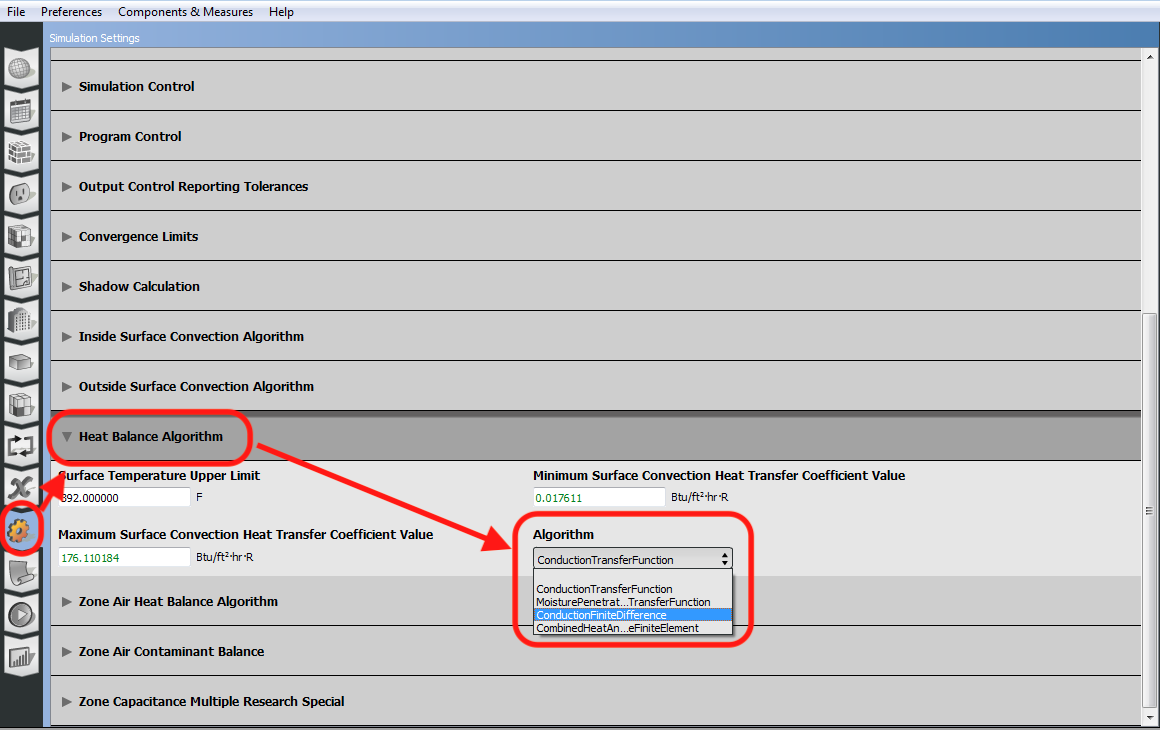
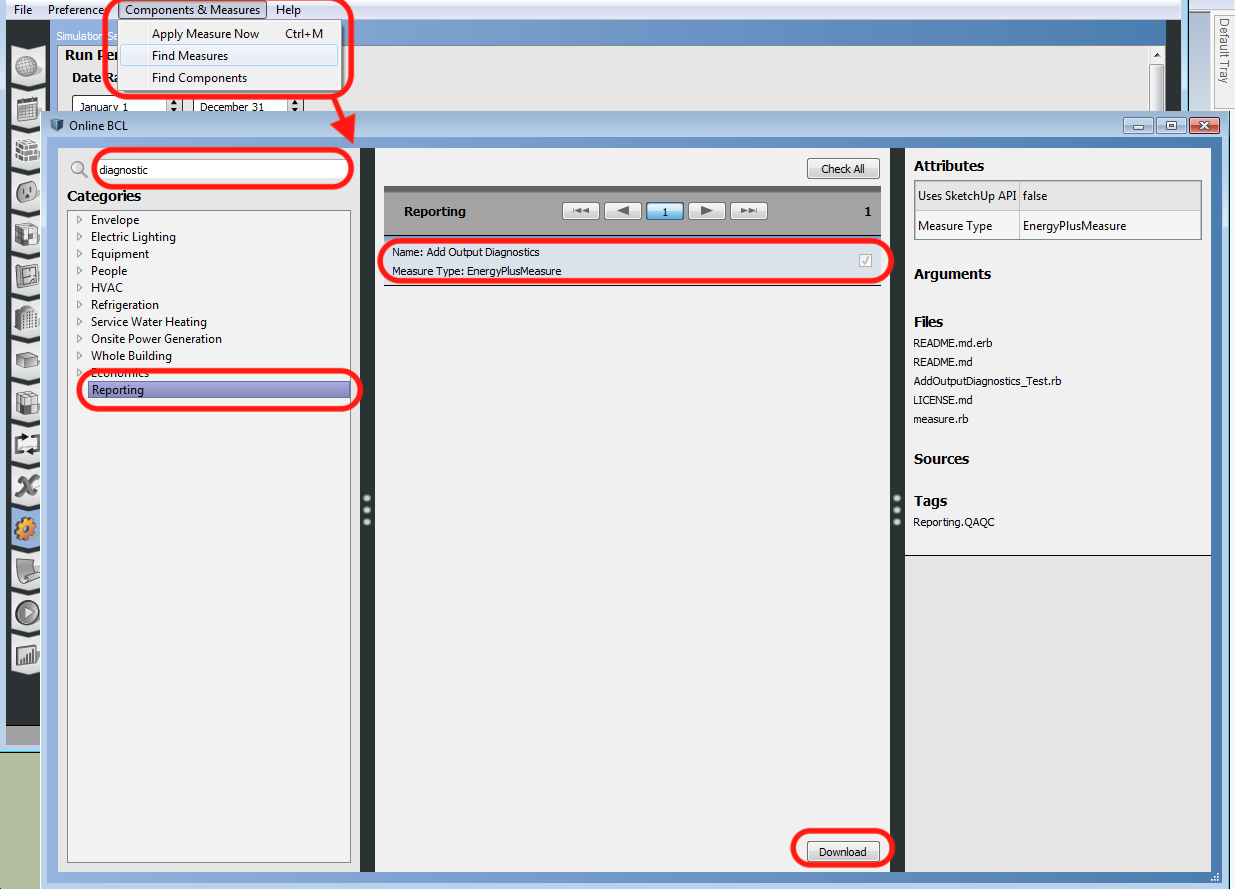
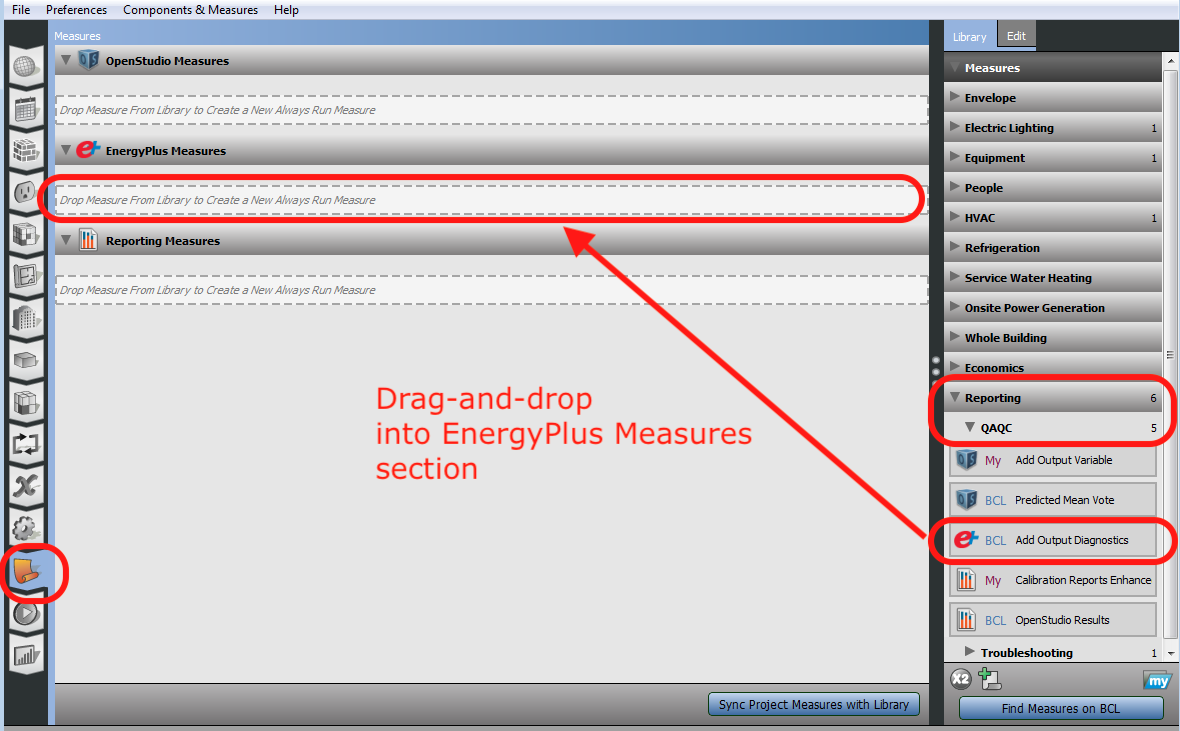
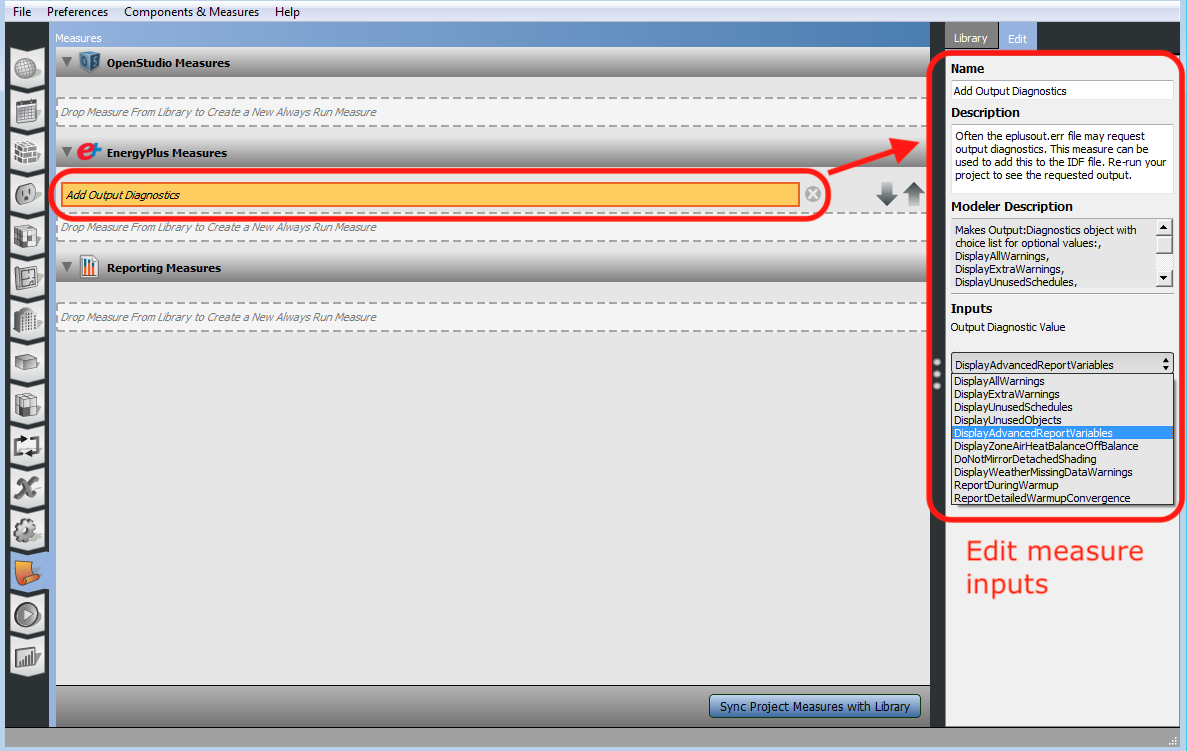
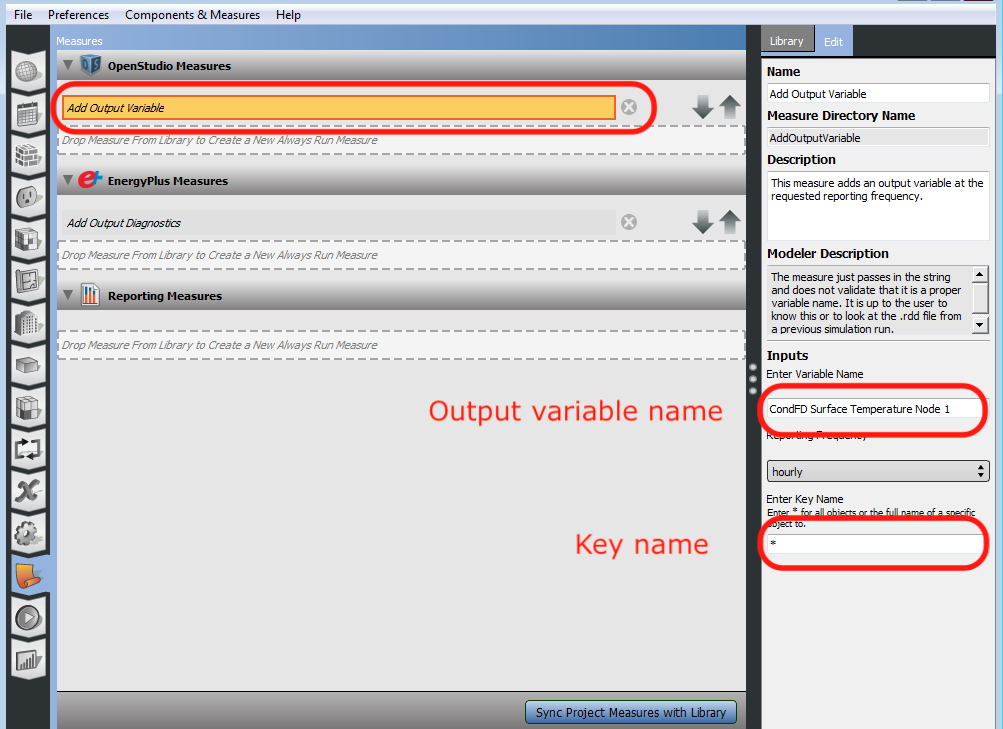
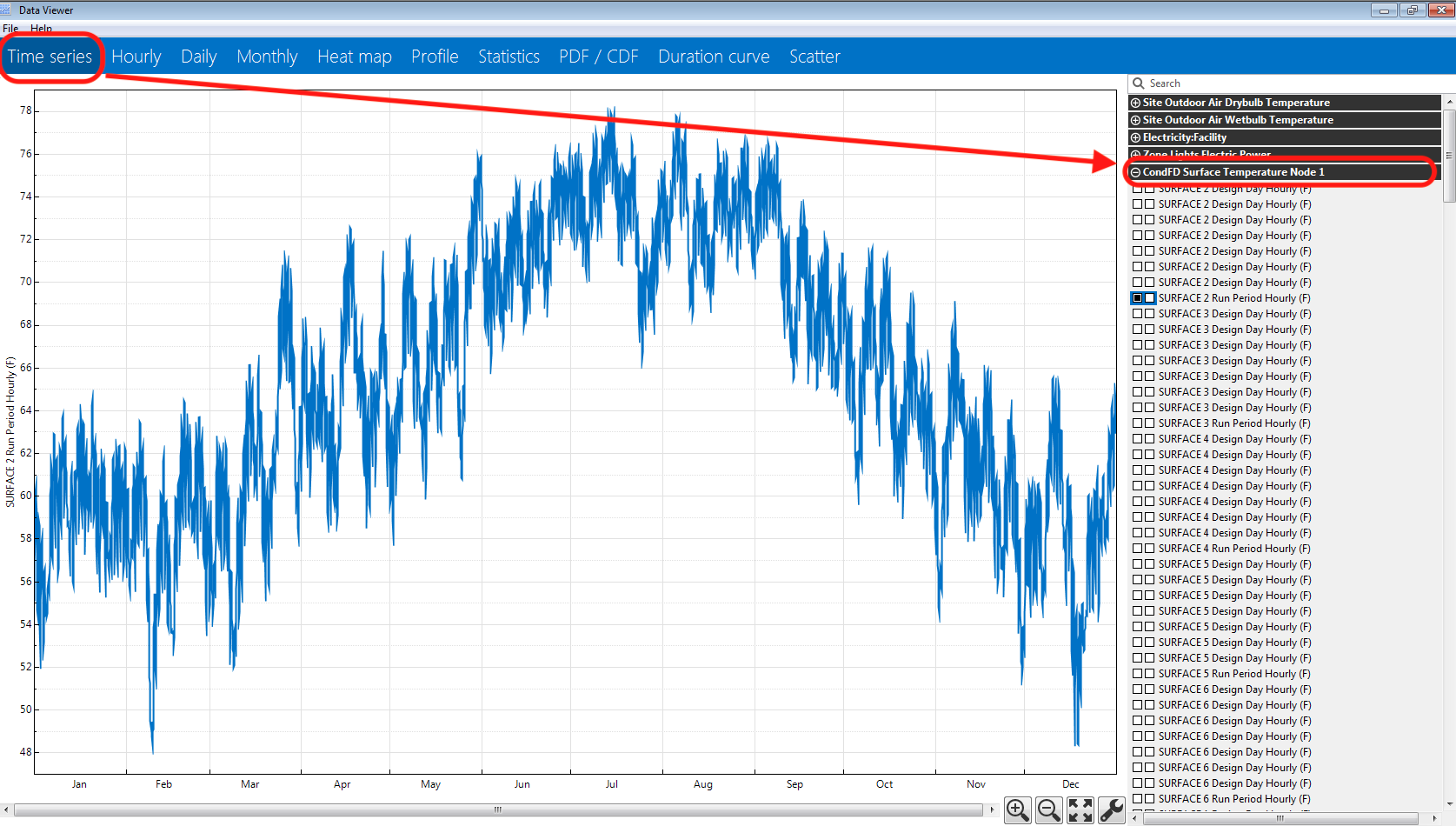



If you read this post, it discusses either changing the heat balance method or manually calculating layer temperatures based on the layer's conductivity value. Does that answer your question?
Thank you for the fast answer and sorry for my late reply. I needed almost a week to figure out how exactly use the information obtained from that post. Since i couldn't find a way to set in material the material property as suggested. After another research i found this: https://unmethours.com/question/42566... which i think it's the key to figure out how to implement that kind of properties into the model. If i understood well i can't do it using Openstudio,I should open the idf file and work on it using Energy plus script. Am i right?
Not really, that other post is focusing on phase change materials (PCM) which can't be defined in OpenStudio -- that's why it requires the EnergyPlus script. Just changing the HeatBalanceAlgorithm in the Settings tab of OpenStudio to "ConductionFiniteDifference" should be enough to expose outputs for temperatures of surfaces between material layers within construction assemblies. This should be possible within OpenStudio without EnergyPlus scripts.
Sorry for my late reply, I had a couple of very busy weeks. So, i managed to change the heatbalancealgorithm. My problem is that i can't really find where would be exposed the output for temperature of surfaces between material layers. I checked for it in several tab and didn't manage to find it. For what is my understanding that option would appear in the "output variables" tab. Still couldn't find it. P.s. I noticed that i can change the heatbalancealgorithm to set moisture...conductionfunction". Could that be useful to obtain a simulation about humidity and moisture between material layer?
If you're only working in OpenStudio, there is an Output Variables tab that lists all possible output variables that your model can generate. You should find CondFD Surface Temperature Node <x> in that list if you are using the "ConductionFiniteDifference" heat balance algorithm.